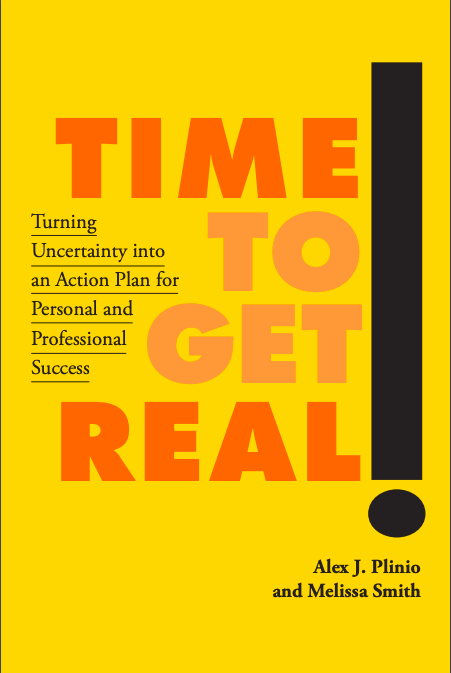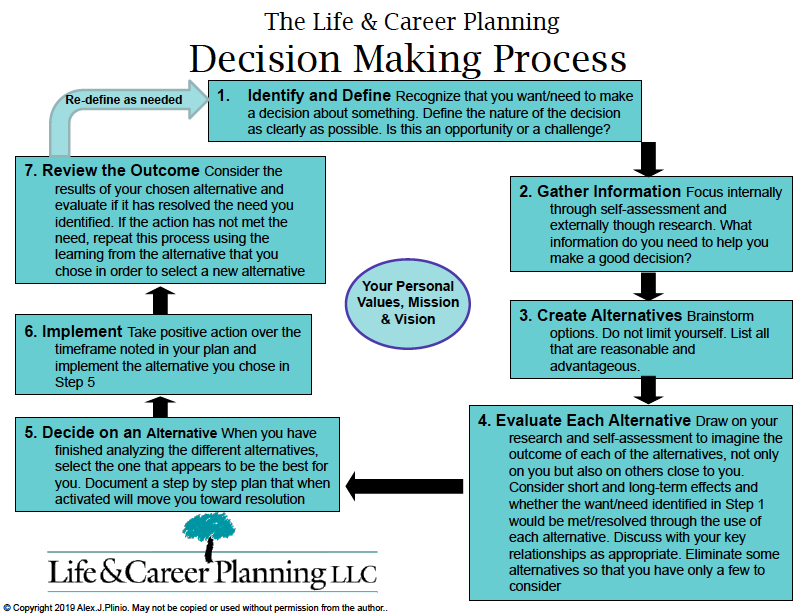In a poll conducted by Monster in July 2021, the statistics are clear, many workers are feeling unhappy and stalled in their current job. Here are the numbers:
• 86% of workers feel their career has stalled during the pandemic
• 79% of workers feel the need to push their careers further as the pandemic ends
• 80% of workers do not feel their current employer offers growth opportunities
• 49% of workers fully take on the responsibility for their own career growth, and another 49% expect their employer to play a part alongside them in career growth
According to an article in Fast Company, “While lack of childcare options and low wages are at the heart of many job vacancies, the other reasons people are quitting en masse are the same reasons people have always left their jobs: lack of flexibility and lack of opportunity—meaning, lack of work-life balance. The pandemic has caused a lot of us to refocus and reevaluate our priorities.”
The pandemic has caused a lot of us to refocus and reevaluate our priorities.
Your career path may seem challenging and uncertain right now but our book Time To Get Real! is designed to provide people with a way to intentionally control as much of their life and career as possible. The book posits that most individuals’ lives and careers are made up of 75% of what just happens to them, and the other 25% of what individuals make happen. Right now, you're going to be much better off if you reverse that and have 75% of your life and career controlled by you while the other 25% comes in over the transom. We can help you be intentional and take control.
Sign Up For Our New Online Seminar
Envisioning and Getting the Right Job for Me
Thursday, November 11, 10:00 AM - 11:30 AM
Click Here To Enroll Now. $49
Whether you want more from your current role or want to change careers entirely, this Life and Career Planning seminar will help you get there!
During this 90-minute Zoom seminar, you will learn:
• What’s happening in the current job market
• What does this mean for you?
• How to decide what you want in a new job or career
• Should you stay where you are, or move to a different organization or job sector?
• Developing the strategies, goals, and objectives to get your new job
• The importance of developing your personal action plan
• Where to begin - starting your search
• How to monitor your progress
• Reaching out for help when needed
If there ever was a time, this is it!
Don’t Procrastinate, Ride The Wave Of The New Job Market
Invest In Yourself Now, Don’t Wait
Envisioning and Getting the Right Job for Me
Thursday, November 11, 10:00 AM - 11:30 AM
Click Here To Enroll Now. $49
Webinar Attendance Is Limited
Those who sit idly by as life happens to them will not emerge from this current environment in as great a shape as they need to be. What do you choose to do? We are here to help.
The Seminar Presenters
This seminar is presented by Alex Plinio, President of Life and Career Planning LLC and Melissa Smith, Managing Director of Life and Career Planning LLC. Our firm, Life and Career Planning LLC was started by these two professionals, having experience in the business, nonprofit, government, and educational sectors. Although they served in academia, they are not academics. They are practitioners. Their experience helped them to recognize the acute need on the part of individuals, regardless of sector, for intentional life and career planning, and professional coaching. They understand it because they lived it. Their values and purpose in life are directed toward helping as many individuals as possible to gain what Alex and Melissa have already gained: a life lived intentionally, with purpose, and based upon values that are enduring and fulfilling. For the full bios of Alex Plinio and Melissa Smith, click on their name.
More About Life And Career Planning LLC
Our message to you is clear. You can be more in control than you believe and can achieve success and happiness. Our Life and Career Planning Model© is a market and time-tested guide to leading an intentional life. Following this model helps you take control, directing you through a strategic planning process leading to actions that result in personal and professional success. In addition to our model, Life and Career Planning offers high-quality resources among which are: our highly rated book Time To Get Real!, personal coaching, online courses, informative blogs, and direct contact for immediate need situations.
To buy the book, click here. Our book is rated 4.5 stars on Amazon
The Life and Career Planning Model© featured in the book Time To Get Real! offers a uniquely integrated approach that makes the life and career planning process so enduring and powerful. The book is not a feel-good tome that leaves the reader without much substance. Other methods for self-development or improvement may not require the effort contained in Time To Get Real! While there is an enormous need for coaching and counsel on life and career planning, achieving balance, and working toward personal success, no other book or process brings this experiential, comprehensive, and common sense approach. We know this because the Life and Career Planning Model© is market-proven and changes lives. Time To Get Real! provides essential life planning tools, including the very real need for financial planning to make dreams possible.
Join Alex and Melissa on Thursday, November 11, 10:00 am - 11:30 am for this time-sensitive, informative, and potentially life-changing seminar.


























